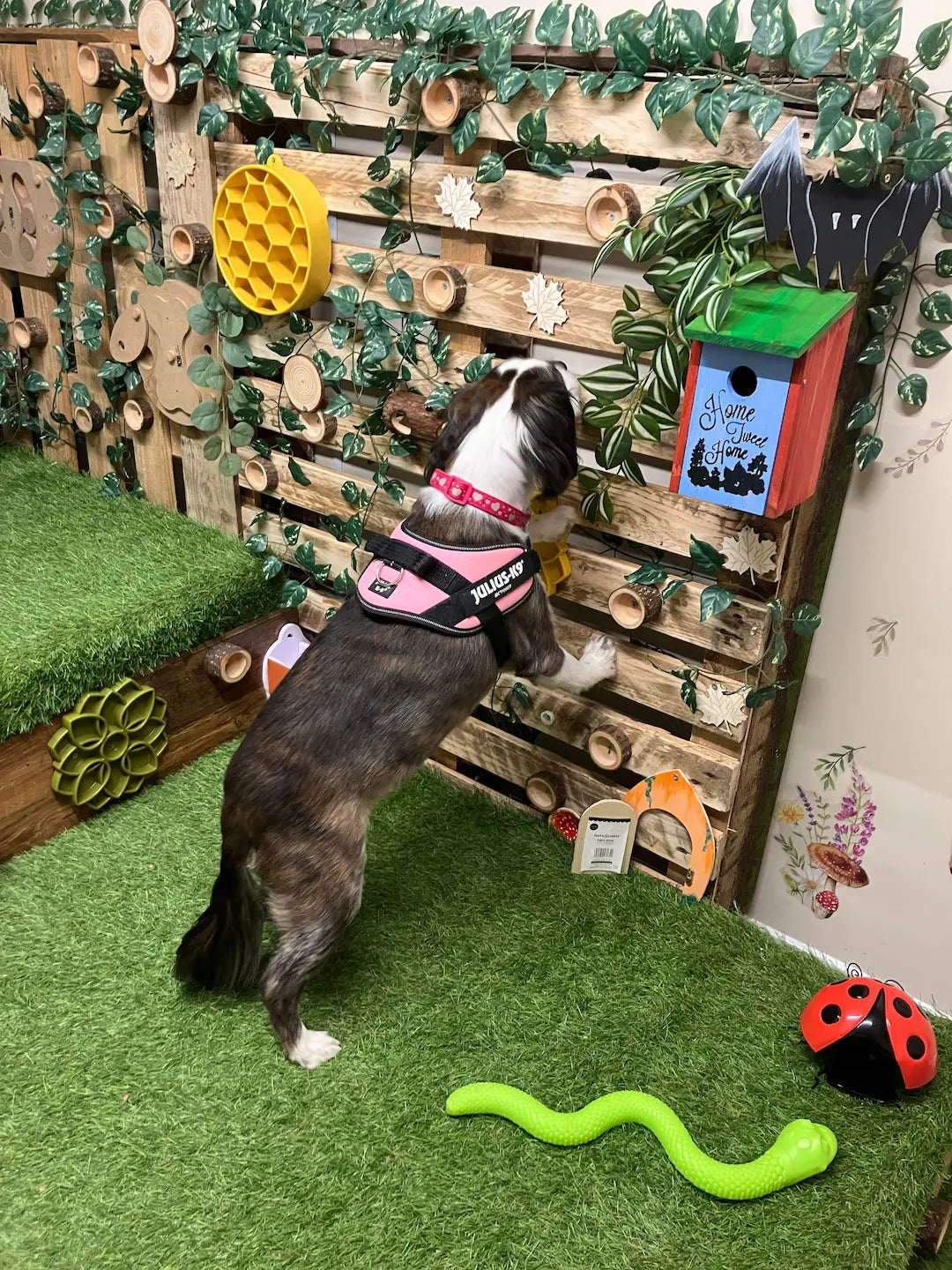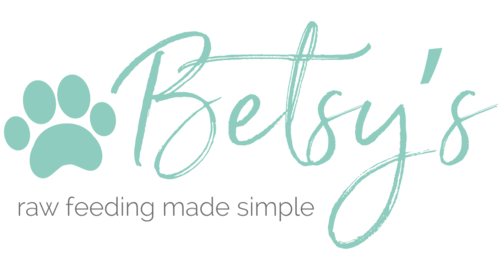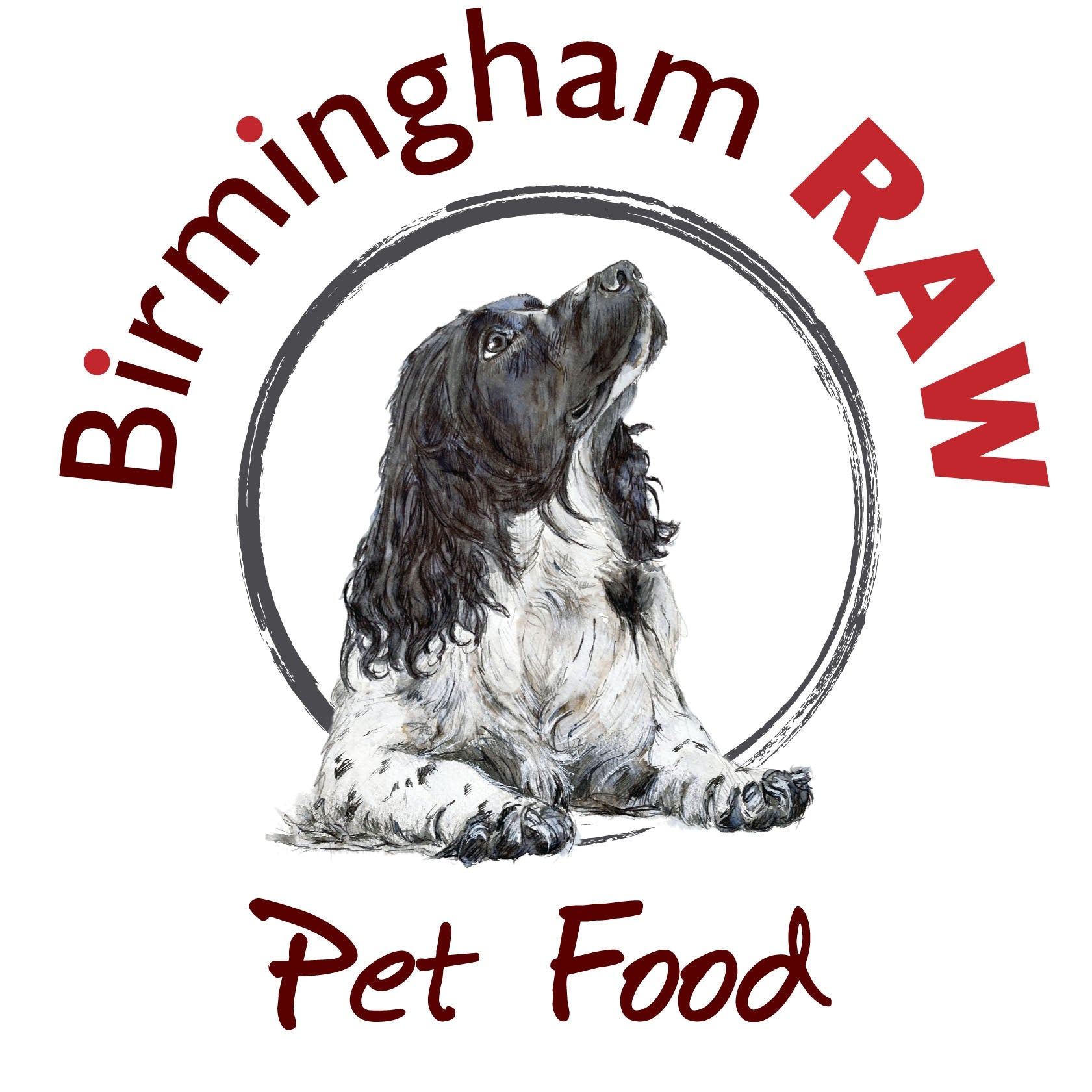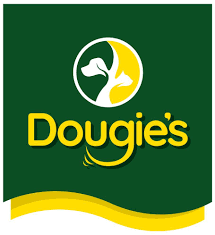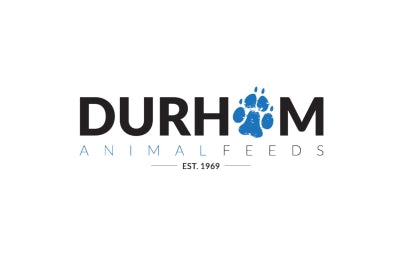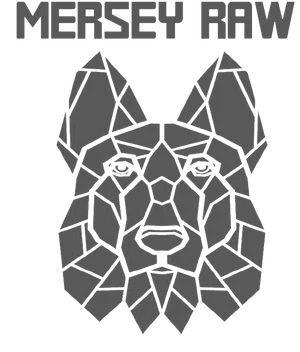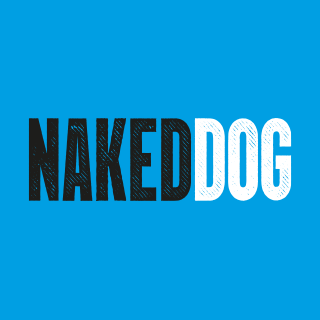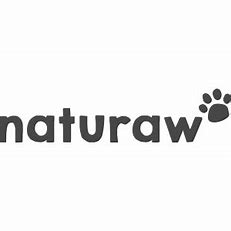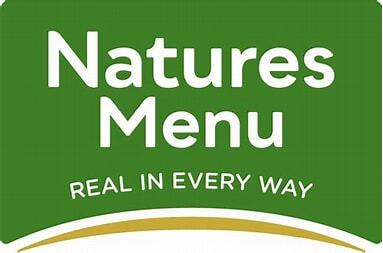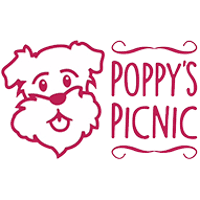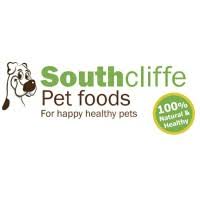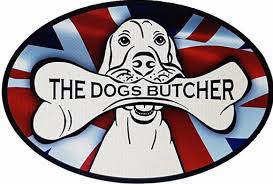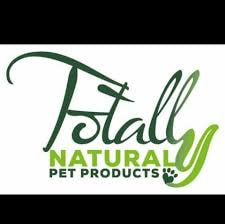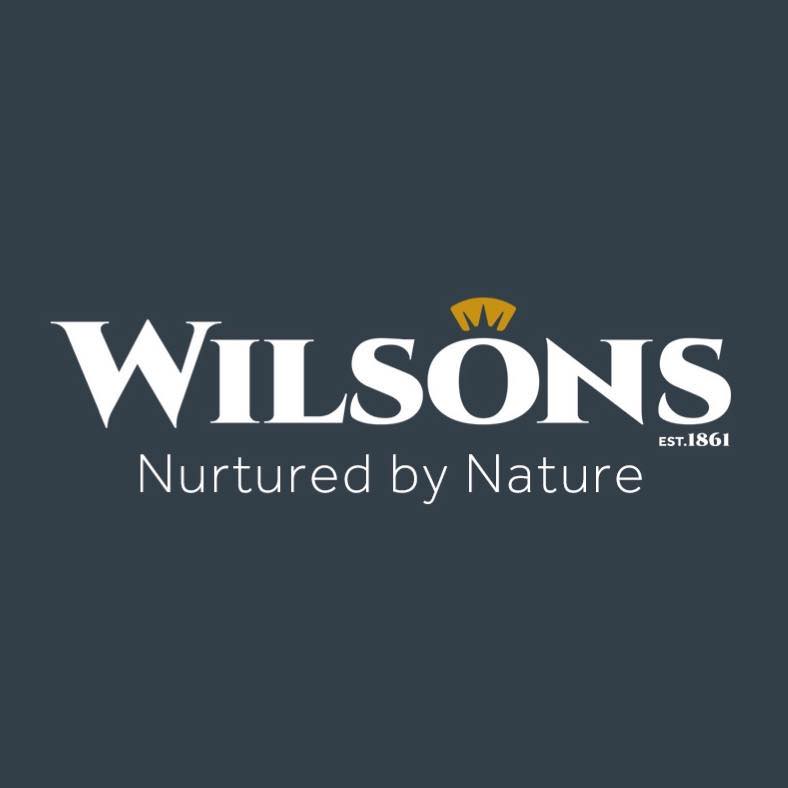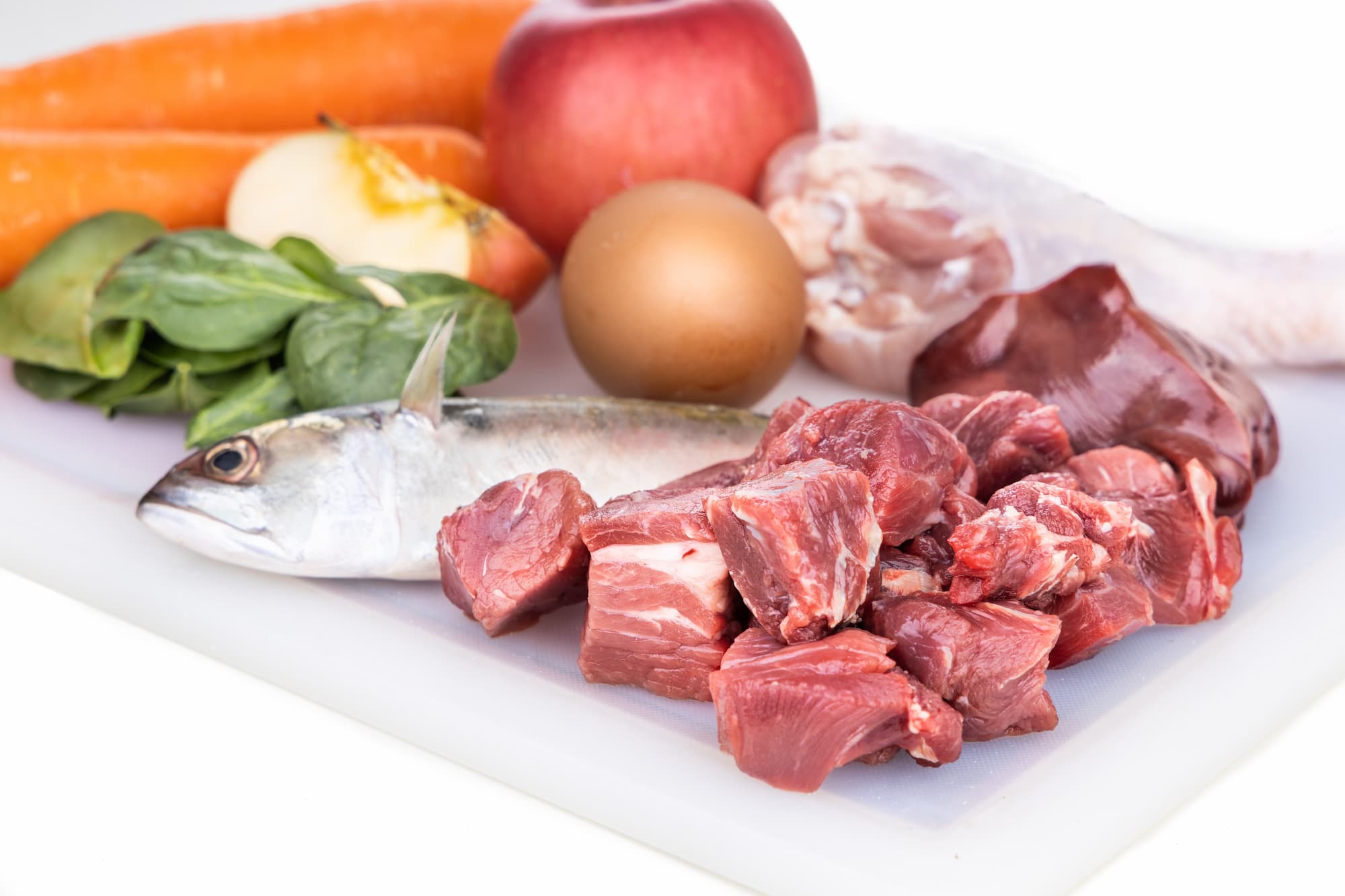
Types of Raw Food
Raw food can seem like a minefield. There's so many brands, flavours and types, how do you know which is the most suitable for your dog? And what do all the different types mean?
80-10-10
The infamous phrase in the world of raw feeding, 80-10-10s are probably the most common type of feeding.
The numbers are percentages that make up the food:
- 80% muscle meat
- 10% offal (of which 5% is liver and 5% another variety)
- 10% bone
These are 100% animal produce so ideal for those dogs with allergies, yeast issues, etc.
Be careful though, even if the food says only one meat type, it might have others in. The name of the food usually refers to the muscle meat meaning the bone and offal may be from a different animal. For example, a food sold as 'duck' might actually contain beef offal and chicken bones!
If your dog has allergies and you want to avoid common allergens (beef and chicken) then you need to look for raw foods that clearly state they are just from one animal. The Dogs Butcher have a 'Purely' range and Southcliffe is single source, meaning the entire content is from that one animal.
80-10-10s DO need supplementing. This can be as easy or as complicated as you like and is discussed in more detail here.
Completes, Dinners and Meals
Although some brands describe their 80-10-10s as 'complete', they're not.
Completes have more than just animal produce content. Completes should meet the minimum nutritional requirements for dogs at the age they're sold for (puppies, adults, seniors) which is very difficult to achieve with 80-10-10s.
Many companies describe their completes as meals or dinners. They will include animal produce in the same ratio, 80-10-10, but will also include fruit, vegetables and so-called 'superfoods'. Usually they consist of 80% muscle meat, offal and bone, and around 20% plant matter and oils.
If you are feeding completes, you shouldn't have to supplement. It's as easy as spooning some food into a bowl!
Some raw feeders are very anti anything that isn't animal matter but in actual fact, dogs are obligate carnivores which means they'll eat pretty much anything. Berries, seeds, etc have been found in the stomach contents of wild dogs and they contain many micronutrients that are missing from today's farm raised animals we feed our dogs.
Adult and Working Dog
Completes are usually for 'Adult Dogs' or 'Working Dogs'.
There isn't much difference except Working Dog food might contain a slightly higher protein content. Otherwise, it's all about VAT. Working dog food has no VAT added; adult dog food does.
Do It Yourself: Minces, Chunks and RMBs
If you want to be more adventurous, you could try making your own raw food.
This is not recommended for beginners as it is very difficult to get the nutritional balance correct. It also requires some maths!
The ratio of DIY remains the same - 80/10/10 for animal produce and 10-20% plant matter.
Minces
Some minces are boneless, some have up to 50% bone so do read the packaging carefully.
Chunks
Chunks are usually boneless. Offal and muscle meat can be bought in chunks.
RMBs
RMB stands for Raw Meaty Bones. RMBs can be used as snacks or to increase bone intake where needed (see the article 'Poo'). They're also brilliant for cleaning teeth so it is recommended to feed some even if you're feeding completes / 80-10-10s.
Which Brand?
We would recommend feeding a mixture of brands to ensure a good variety in your dog's diet. It also helps ensure your dog doesn't become fussy with a particular brand.
Different brands will use different cuts of meat so using a selection will help meet all your dog's nutritional requirements. And don't worry, there is no need to introduce new brands slowly so you can swap and change as much as you, or your dog likes.
Some brands produce much chunkier minces, and some much finer. You might find that your dog prefers one texture to another.
- Choosing a selection results in a full page refresh.






